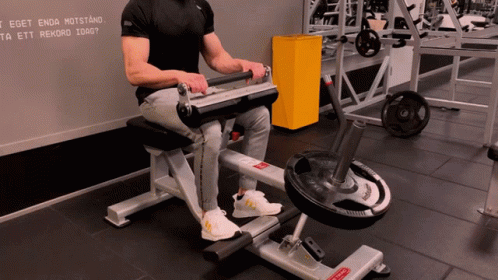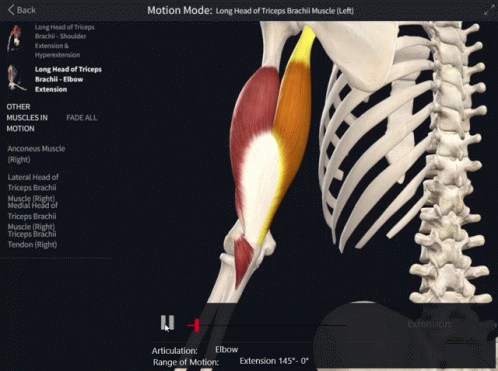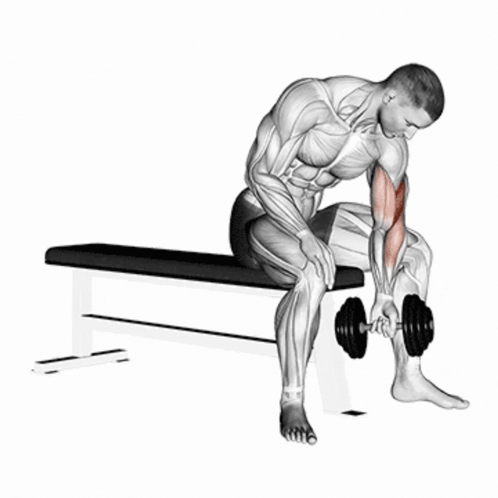Handstand Push-Up
Handstand Push-Up
Muscles Worked
- Shoulders (Deltoids)
- Triceps
- Upper Chest
- Upper Back and Traps
- Core (Abs & Obliques)
- Forearms & Hands
Benefits
- Builds massive shoulder & upper body strength
- Improves balance and mind-body coordination
- Requires no equipment — perfect for home
- Increases discipline and mental focus
Note: This exercise shifts most of your body weight onto your arms and shoulders — that’s why it’s also known as an armed exercise.
Progression Plan
- Push-Ups (20+ reps)
- Pike Push-Ups (15 reps)
- Wall Walks
- Handstand Kick-ups
- Partial ROM
- Full Wall-Assisted HSPUs
- Freestanding HSPUs
Avoid These Mistakes
- Banana Back (Arching excessively)
- Skipping Progressions
- Flaring Elbows
- No Warm-Up (especially shoulders & wrists)
Safety Tips
- Use a soft mat or ab pad under head
- Warm up wrists and shoulders
- Use a spotter for freestanding drills
- Listen to your body — avoid overtraining

There are two main variations:
Wall-Assisted Handstand Push-Up – Performed against a wall for support .You need to build your strength first and than you have to focus to improve the wrist power
shoulders,fourarms and delt strength first and after that improve the core stability and overall body to perform.
diet .keep your strength in limited diet is very challanging but you will choose the best healther diet to keep and maintain good diet.In this exercise ,your overall body weight are shifted to your delt and shoulder portion. You need increase your and delt and shulder strenght first .
Freestanding Handstand Push-Up – ,Done without support, requiring full control and balance. exercises are challanging but freestanding pushup requires more body balance.There are risk to injured. But if you have to set the mind for injury .
Core belt for stability in heavy exercises
🛒 Buy Now on Amazon
Disclosure: This post contains affiliate links. As an Amazon Associate
Muscles Worked
Handstand push-ups target multiple upper body and core muscles:
Shoulders (deltoids) – Primary movers in the pressing motion.
Triceps – Assist in the elbow extension.
Upper Chest – Involved due to the angle of the push.
Upper Back and Traps – Stabilize the shoulder girdle.
Core (abs and obliques) – Essential for body alignment and balance.
Forearms and Hands – Help with grip and balance, especially in freestanding versions.
Benefits of Handstand Push-Ups
1. Upper Body Strength
Few exercises build shoulder strength as effectively as . They develop explosive power and endurance, especially when done with strict form.
2. Improved Balance and Coordination
Learning to balance your entire body upside down strengthens your proprioception—your body’s awareness of itself in space.
3. Body Control and Mobility
HSPUs require tight core engagement, shoulder mobility, and body control. Practicing them improves overall athletic ability.
How to Progress Toward Handstand Push-Ups
If you’re new to this exercise, don’t rush. Progress slowly and safely with the following steps:
1. Build Shoulder and Core Strength
, you should comfortably perform:
Push-ups (20+ reps)
Pike push-ups (10-15 reps)
Plank holds (1-2 minutes)
2. Wall Walks
Start in a push-up position with your feet against a wall. Slowly walk your feet up and your hands closer to the wall until you're in a chest-to-wall handstand. This builds confidence and strength while teaching proper alignment.
3. Pike Push-Ups
Use a box or bench to elevate your feet and perform a push-up with your hips piked up. This mimics the vertical pressing motion of an and builds shoulder strength.
4. Wall Holds and Handstand Kick-ups
Practice holding a handstand against the wall. Learn to kick up with control and hold your position for 10-30 seconds.
Common Mistakes to Avoid
Arching the Back Too Much: Excessive arching (banana back) strains the lower back and reduces pushing efficiency. Keep your core tight and spine neutral.
Rushing Progressions: Skipping stages can lead to poor form or injury. Always master one level before moving to the next.
Elbows Flaring Out: This can hurt your shoulders. Keep your elbows slightly tucked and wrists aligned with shoulders.
Not Warming Up Properly: The shoulders and wrists take a lot of load. Always warm up thoroughly with mobility drills and light exercises.
Safety Tips
Protect Your Neck and Head: Use a soft mat or ab pad to avoid injury when your head touches the ground.
Strengthen Your Wrists: Perform wrist stretches and strengthening drills regularly.
Use a Spotter if Needed: Especially for your first attempts at freestanding handstands or full HSPUs.
Listen to Your Body: Shoulder pain or wrist discomfort are signs to stop and adjust your form or rest.
Conclusion---
Handstand push-ups are a true test of functional strength, stability, and mental focus. While they may take time and dedication to learn, the journey itself builds incredible upper body and core strength. Start with confident, be consistent, and stay patient. With practice.Dont affraid of injuries its a part of life.'You will definatlly do it with yourself.







